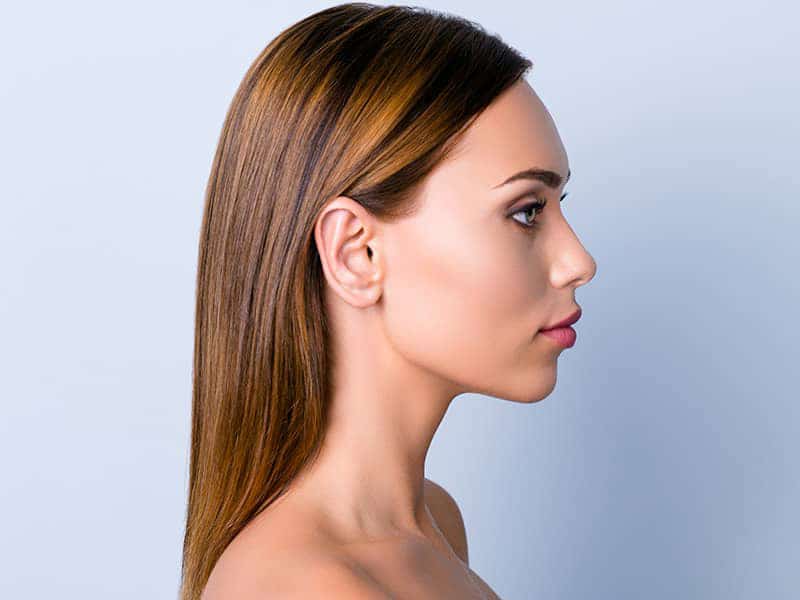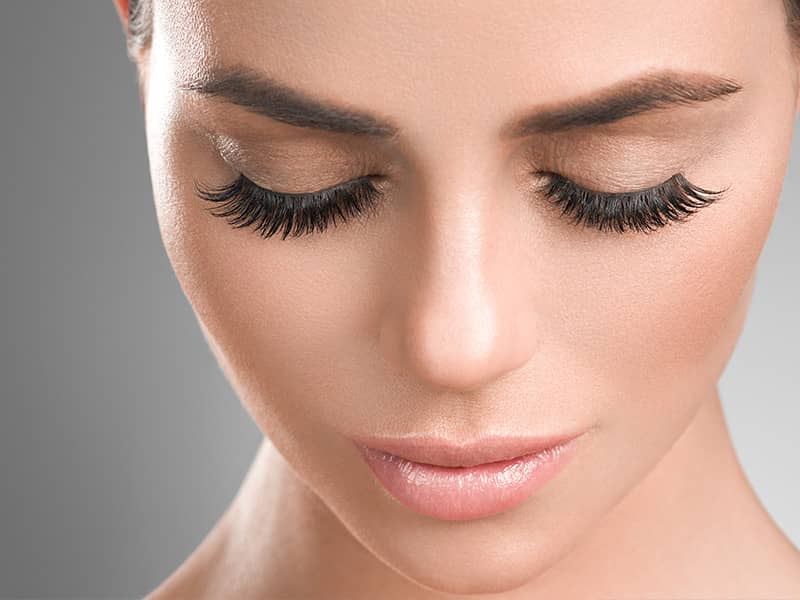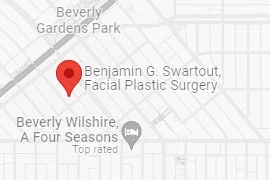Plastic surgery procedures, as well as non-surgical treatments, offer a gateway to enhanced self-confidence and aesthetic refinement. With advancements in medical technology and techniques, these procedures provide safe and effective options for those seeking physical rejuvenation and transformation under the skilled hands of professionals in the field.

Rhinoplasty
Rhinoplasty in Beverly Hills, CA, performed by Dr. Swartout, not only perfects the nasal shape but also improves breathing. This procedure offers a dual benefit of aesthetic enhancement and functional improvement, leading to increased confidence and comfort.

Revision Rhinoplasty
Revision Rhinoplasty in Beverly Hills, CA, expertly performed by Dr. Swartout, offers a second chance to achieve your desired nasal appearance. It corrects previous surgery issues, enhances breathing, and aligns your nose aesthetically with your facial features.

Reconstructive Surgery
Reconstructive Surgery in Beverly Hills, CA, performed by Dr. Swartout, is a pivotal procedure for those who have suffered facial trauma or defects from cancer removal. It focuses on restoring both the natural appearance and functionality of the face, significantly improving the patient’s quality of life.

Botox
Botox in Beverly Hills, CA, administered by Dr. Swartout, offers a quick, effective solution for reducing facial wrinkles. It smoothens skin, elevates the brow, and provides a youthful appearance with minimal downtime, enhancing both beauty and confidence.


